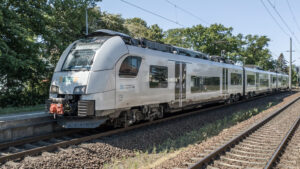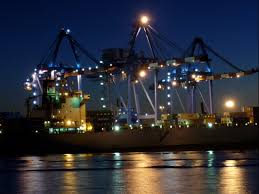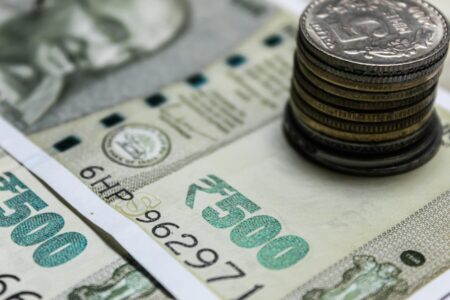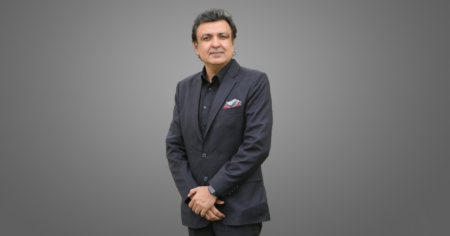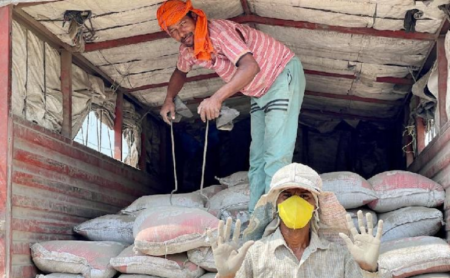Shailender Anand explains how eco-friendly materials, modular design, and smart packaging are quietly transforming logistics, showing that sustainability and structural performance can now work together, not against each other.

It’s not just about moving goods; it’s about moving intelligently
In today’s logistics landscape, packaging is no longer just about protection; it’s about purpose. “Eco-friendly alternatives, whether recyclable corrugated structures, biodegradable wraps, or honeycomb boards, are helping reduce the long-term environmental impact,” says Shailender Anand, CEO, Pronk India (A Company of Tri-Wall Japan). He notes that in heavy-duty and project cargo operations, the biggest hurdle has always been finding materials that are green and also structurally sound. “The good news is the industry is finally at a point where strength and sustainability can go hand in hand.” By shifting toward recyclable materials and cutting down on traditional packaging, Anand believes companies can reduce their carbon footprint significantly without compromising safety or performance.
Scalability hurdle
Despite progress, widespread adoption of sustainable packaging remains a challenge. “Logistics isn’t one-size-fits-all,” Anand says. The industry handles everything from delicate electronics to multi-tonne machinery, so a single sustainable solution won’t suit all needs. This often leads to customisation, which isn’t always viable at scale. He also points out that availability and consistency of eco-friendly materials across geographies can be uneven. “At Pronk India, we deal with oversized, high-value cargo. The packaging must meet strict technical and safety standards.” Aligning those standards with sustainability targets, he adds, is an ongoing journey.
Tech advantage
Modern logistics is as much about data as it is about delivery. “Smart packaging like RFID tags and IoT sensors lets us monitor cargo in real time,” says Anand. This level of visibility drastically reduces damage, delays, and repackaging. It also supports more effective reverse logistics, especially when returnable packaging is involved. “These technologies help optimise asset use and give insights into packaging performance. It’s not just about moving goods anymore; it’s about moving them intelligently.”
Design matters
Packaging design has a big role in reducing emissions, one that’s often overlooked. “Space is fuel,” Anand says. Inefficient packaging means more space, more trips, and more fuel burnt. At Pronk India, modular, custom-fit designs are central to reducing freight volume. In one recent project, optimising crate dimensions for awkwardly shaped equipment helped reduce container use dramatically. “That kind of optimisation adds up in savings, in efficiency, and in environmental impact.”
Circular Mindset
Anand sees the future in systems, not single-use solutions. “A circular packaging economy requires more than good intentions; it demands systemic collaboration.” Encouragingly, more clients are investing in custom returnable packaging. “We’ve developed reusable crates, modular boxes, and steel frames that can be refurbished and cycled back into supply chains.” The goal, he says, is to treat packaging as a long-term asset designed for disassembly, reuse, and smart reverse logistics. “It works only when manufacturers, shippers, and end users align.”

